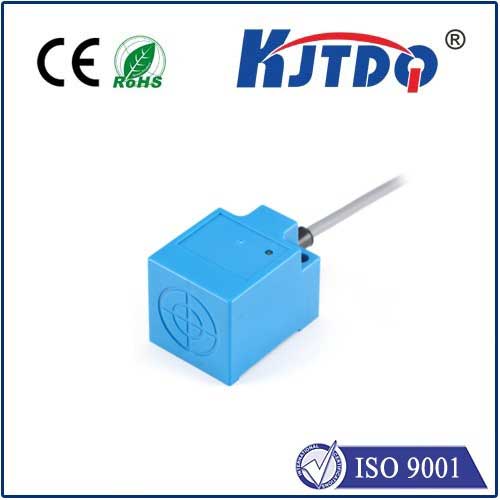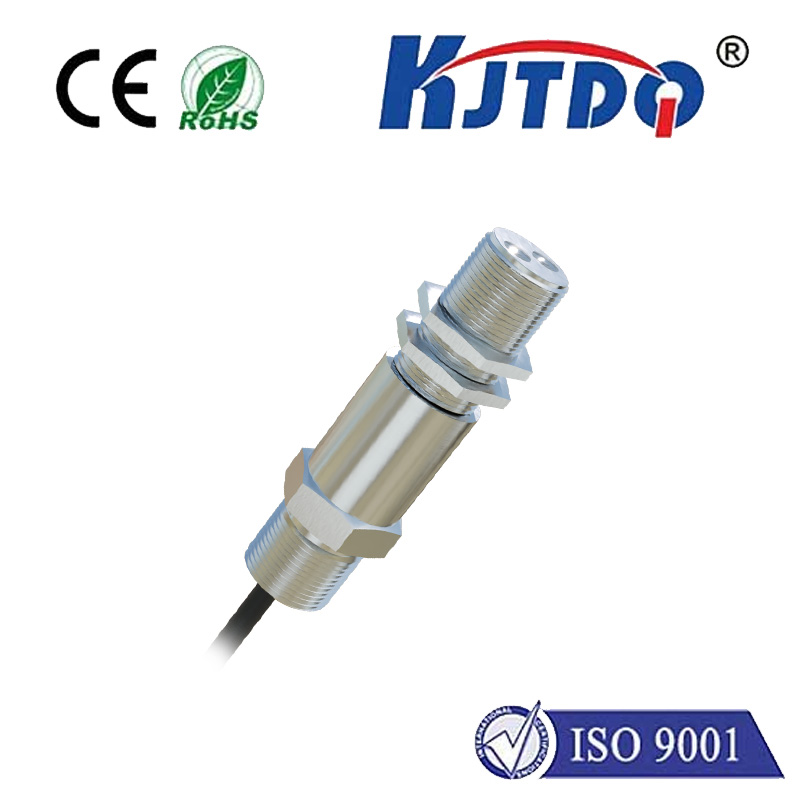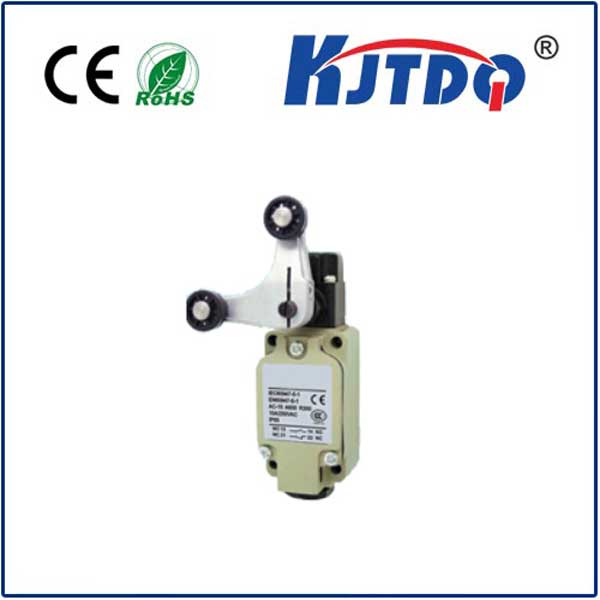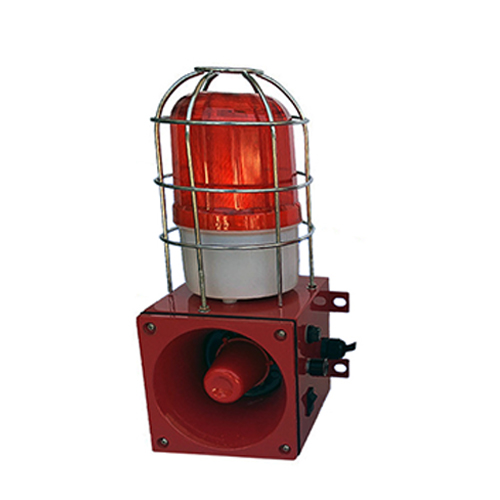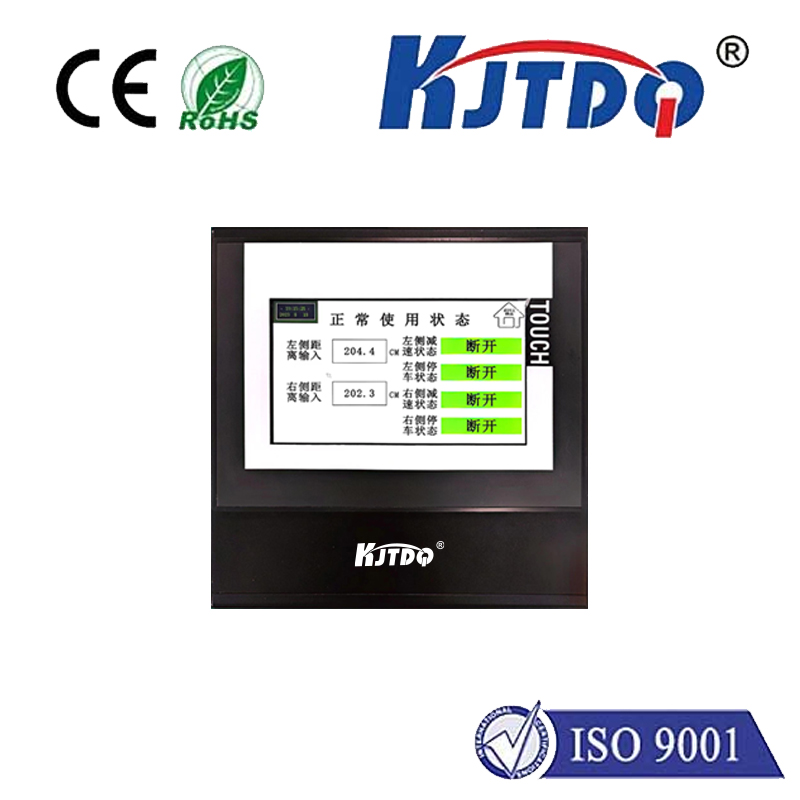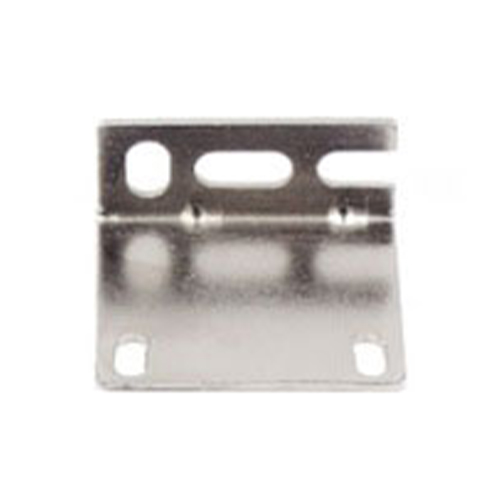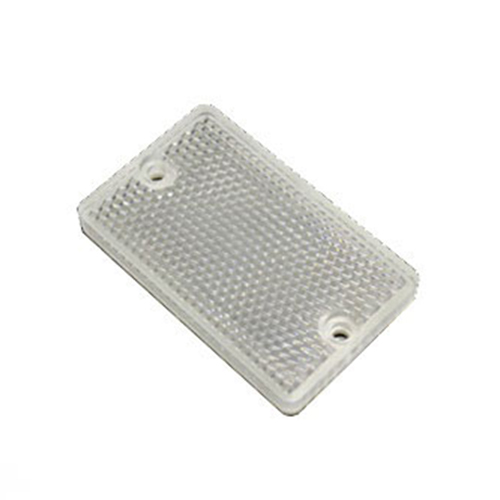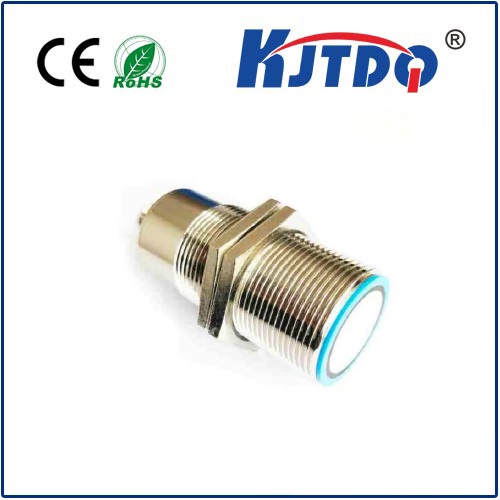

check

check

check

check

check

check

check

check

check

check
Imagine a silent, reliable sentinel detecting door positions in a high-security vault, ensuring airtight seals in industrial machinery, or reliably confirming a washing machine lid is closed. This unseen hero? The unassuming reed proximity sensor. Unlike its electronic cousins relying on complex circuits, this sensor harnesses elegant physics to deliver robust, contactless detection. It’s a workhorse of reliability where simplicity and magnetic interaction reign supreme.
Understanding the Reed Proximity Sensor at Its Core
Fundamentally, a reed proximity sensor operates around the unique properties of a reed switch. This core component consists of two thin, ferromagnetic metal reeds sealed within a protective glass capsule filled with inert gas. These reeds, typically made of nickel-iron alloy, act as electrical contacts. Crucially, they react strongly to an external magnetic field. When such a field approaches—generated by a permanent magnet mounted on a moving target—the reeds become magnetized. The resulting magnetic force pulls them together, completing an electrical circuit. When the magnet moves away, the reeds lose their magnetism, springing apart due to their inherent elasticity and breaking the connection. This elegant open/close mechanism is the sensor’s entire detection logic.
How Magnetism Creates Clear Detection
The magic happens without any physical contact between the sensor itself and the object being detected. A permanent magnet, placed on the moving part (like a door, arm, or machine component), activates the hermetically sealed reed switch. This physical separation offers significant advantages:
Key Advantages Driving Widespread Adoption
Reed proximity sensors deliver compelling benefits that secure their place in diverse applications:
Where Reed Proximity Sensors Shine: Diverse Applications
Their blend of durability, simplicity, and reliability makes reed proximity sensors ubiquitous across numerous fields:
Important Considerations for Optimal Use
While powerful, understanding a reed proximity sensor’s limitations ensures optimal application:
Choosing the right sensor involves balancing these factors against environmental demands, required switching distance, and load characteristics. For non-contact detection where robustness, simplicity, and proven reliability are paramount—especially in challenging conditions—the reed proximity sensor remains an indispensable, cost-effective solution. Its silent, magnetic operation continues to safeguard systems and processes globally, proving that fundamental physics provides enduring technological value.
